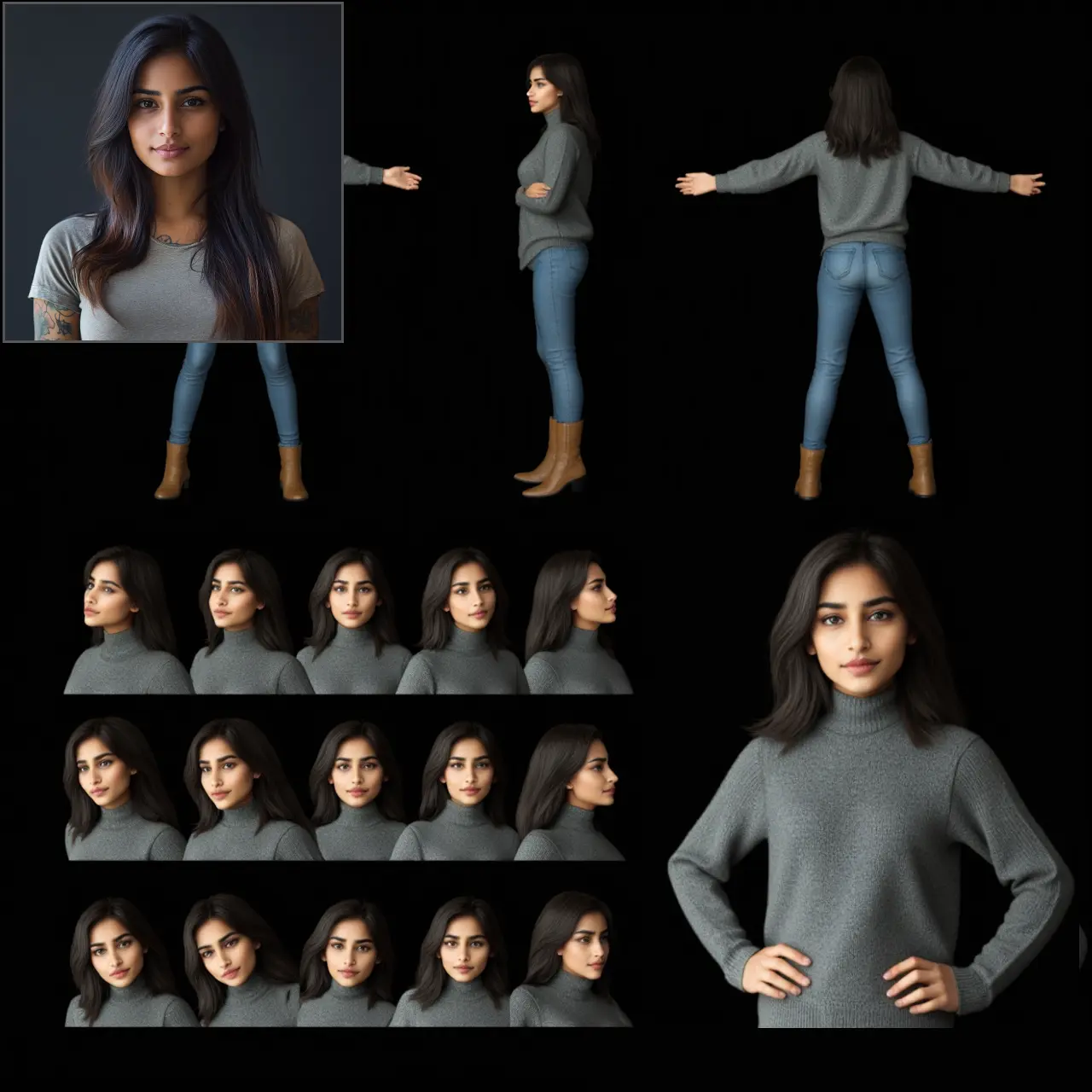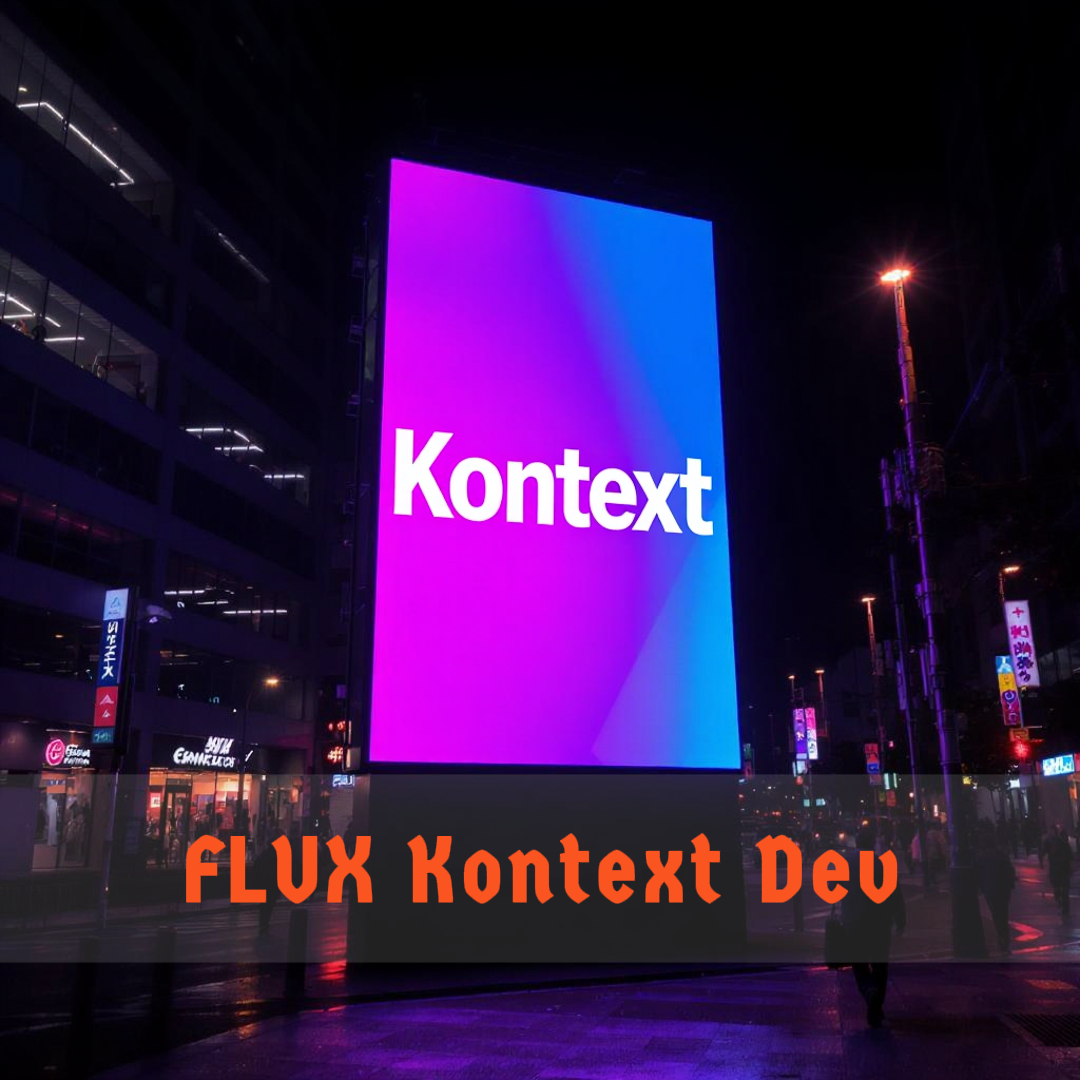ComfyUI Node: Render SD3 Attention
G370SD3PowerLab_RenderAttention
CategorySD3 Power Lab/Visualize
G-370 (Account age: 1804days) Extension
ComfyUI-SD3-Powerlab Latest Updated
2024-06-22 Github Stars
0.02K
How to Install ComfyUI-SD3-Powerlab
Install this extension via the ComfyUI Manager by searching for ComfyUI-SD3-Powerlab- 1. Click the Manager button in the main menu
- 2. Select Custom Nodes Manager button
- 3. Enter ComfyUI-SD3-Powerlab in the search bar
Visit ComfyUI Online for ready-to-use ComfyUI environment
- Free trial available
- 16GB VRAM to 80GB VRAM GPU machines
- 400+ preloaded models/nodes
- Freedom to upload custom models/nodes
- 200+ ready-to-run workflows
- 100% private workspace with up to 200GB storage
- Dedicated Support
Render SD3 Attention Description
Visualize attention mechanisms in SD3 model to understand input focus during generation, enhancing model interpretation and image quality.
Render SD3 Attention:
The G370SD3PowerLab_RenderAttention node, also known as "Render SD3 Attention," is designed to visualize the attention mechanisms within a Stable Diffusion 3 (SD3) model. This node allows you to render the attention maps, which are crucial for understanding how the model focuses on different parts of the input data during the generation process. By visualizing these attention maps, you can gain insights into the model's behavior and improve your understanding of how it interprets and processes information. This can be particularly beneficial for fine-tuning models, debugging, and enhancing the overall quality of generated images.
Render SD3 Attention Input Parameters:
sd3_model
This parameter represents the Stable Diffusion 3 model that you want to analyze. It is essential for the node to access the model's internal state and extract the attention maps. The model should be pre-trained and loaded into the node for accurate visualization.
joint_block
This integer parameter specifies which joint block within the SD3 model you want to visualize. Joint blocks are specific layers in the model where attention mechanisms are applied. The value ranges from 0 to 23, with a default value of 0. Selecting different joint blocks allows you to explore attention maps at various stages of the model's processing pipeline.
backbone
This parameter determines the type of backbone used in the model, with options being "text" or "latent." The backbone type influences how the attention maps are generated and interpreted. Choosing the appropriate backbone is crucial for accurate visualization and understanding of the model's attention mechanisms.
Render SD3 Attention Output Parameters:
IMAGE
The output of this node is an image that represents the attention map of the specified joint block and backbone within the SD3 model. This image provides a visual representation of how the model focuses on different parts of the input data, helping you to understand and interpret the model's behavior better.
Render SD3 Attention Usage Tips:
- To get the most out of this node, experiment with different joint blocks to see how attention changes throughout the model's layers.
- Use the "text" backbone to visualize attention in text-based models and the "latent" backbone for latent space representations.
- Combine this node with other visualization tools to gain a comprehensive understanding of your model's performance and behavior.
Render SD3 Attention Common Errors and Solutions:
Could not locate attention tensor {tensor_location}
- Explanation: This error occurs when the specified joint block or backbone does not exist in the model, or the model state dictionary does not contain the required attention tensor.
- Solution: Ensure that the joint block and backbone parameters are correctly set and within the valid range. Verify that the SD3 model is properly loaded and contains the necessary attention tensors.
Invalid model type
- Explanation: This error happens when the provided model is not a valid Stable Diffusion 3 model.
- Solution: Make sure to load a pre-trained and compatible SD3 model into the node. Check the model's compatibility and format before using it with this node.
Render SD3 Attention Related Nodes
RunComfy is the premier ComfyUI platform, offering ComfyUI online environment and services, along with ComfyUI workflows featuring stunning visuals. RunComfy also provides AI Models, enabling artists to harness the latest AI tools to create incredible art.




